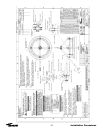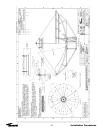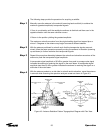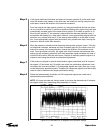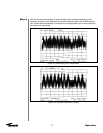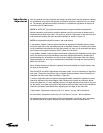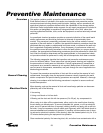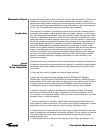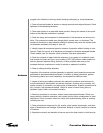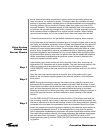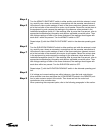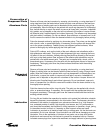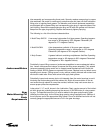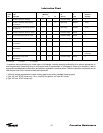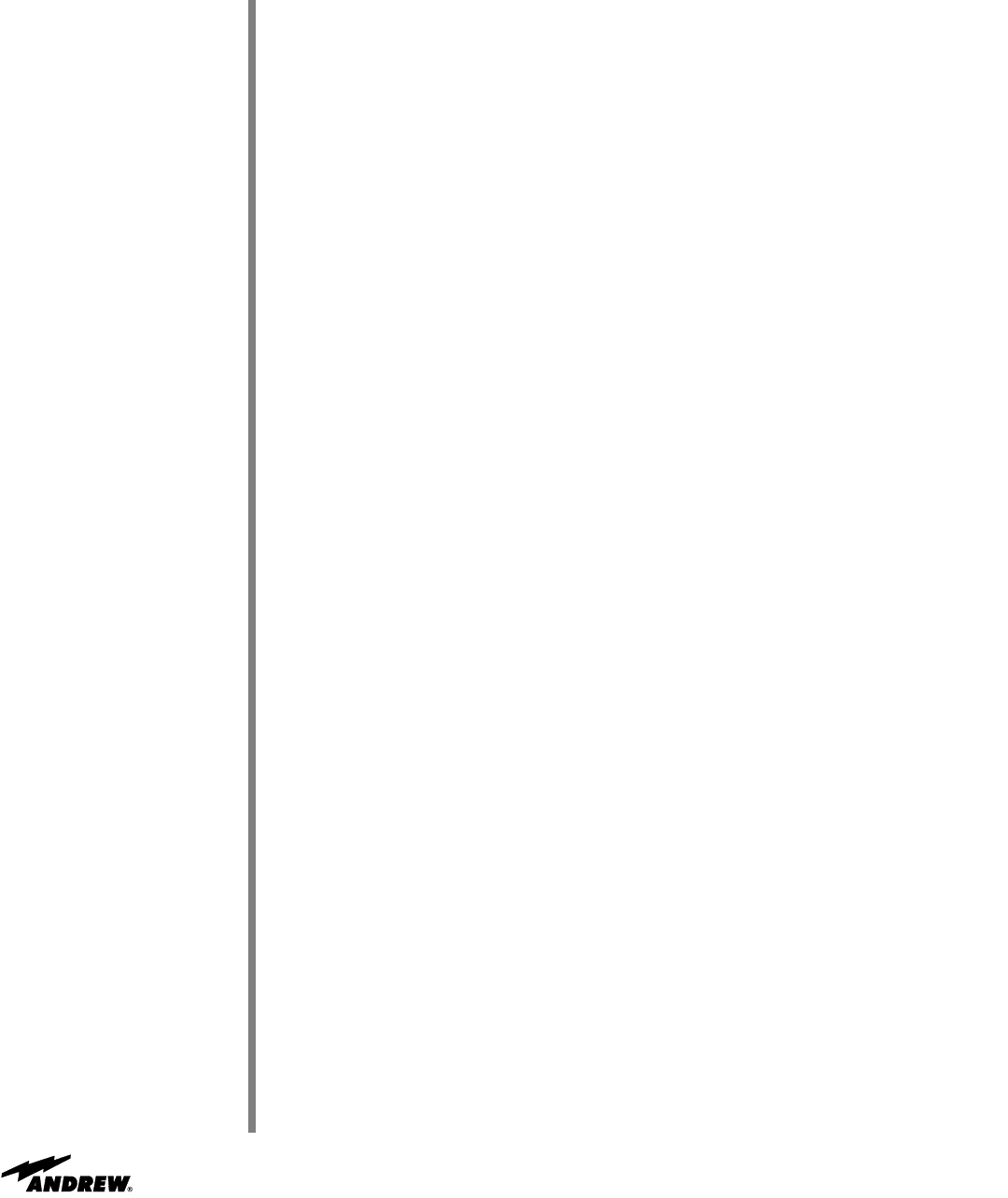
Mechanical Parts
Inspection
Local
Control/Motor
Drive Controller
60
scraper, stiff brush (bristle or wire in the case of rust or other corrosion), or cloth or com-
pressed air at 25 to 40 psi. Any accumulated imbedded dirt, corrosion, grease, or oil
deposits that require further cleaning may be removed with a bristle or wire brush and a
cleaning solvent such as trichlorethylene or equal. After cleaning, allow cleaned parts to
dry for 10 to 15 minutes before placing the equipment into operation.
The frequency of inspection is contingent upon the user’s individual standards and the
operational environment in which the earth station is located. However, a visual inspec-
tion of the earth station components should be performed at least semi-annually. Where
there are no established wear limits, perform a visual inspection to locate worn or dam-
aged parts which could cause improper functioning of the earth station. It is recommend-
ed that the mechanical and electrical inspection be performed on the assembled or par-
tially disassembled equipment to determine the extent of disassembly required prior to
completely disassembling a suspected malfunctioning component or module. In the
absence of any special inspection requirements, operational tests are the most effective
means in isolating parts and assemblies requiring further inspection. Any condition
noted during inspection that may preclude continued proper operation of the earth sta-
tion prior to the next scheduled inspection should be noted. The discrepant condition
should be corrected (repaired or replaced) immediately or at the conclusion of the
inspection procedure.
Inspection of the local control/motor drive controller conforms generally to standard visu-
al inspection procedures on electromechanical equipment. In addition to these standard
procedures, perform the following checks and visual inspections for the specific condi-
tions noted:
• Check the front panel for illegible and indistinct panel markings.
• Check the three position selector switches (Azimuth Off/Slow/Fast, Elevation-
Off/Slow/Fast, and Polarization-CCW/Off/CW) for smooth operation, audible clicking at
each actuation (left to center and return) and spring return from right to center. For each
of the two position selector switches (Azimuth-East/West, Elevation-Up/Down, and
Local/Remote) check for smooth operation and audible clicking at each actuation.
• Inspect all wiring and cables for discolorization and burned insulation, dirt, breaks,
security of connection and other signs of deterioration. Examine connections for dirt,
flux, corrosion, and mechanical defects. Check for loose or broken lacing and cut, brittle,
abraided, frayed, or cracked insulation.
• Examine connectors for corrosion, broken inserts and stripped threads. Check con-
nector shells for distortion and dents, and contact pins for bends, misalignment, or other
deformities. Check connector inserts for carbon tracking indicating arc-over.
• Check all electrical components for dirt, cracks, chips, breaks, discoloration and other
signs of deterioration and damage. A discolored, blistered, or burnt condition is evidence
of overload. Measure actual value of suspect electrical components and compare
against specified value.
• Check transformer for an excessive wax deposit on the surface, discoloration, or a
Preventive Maintenance



